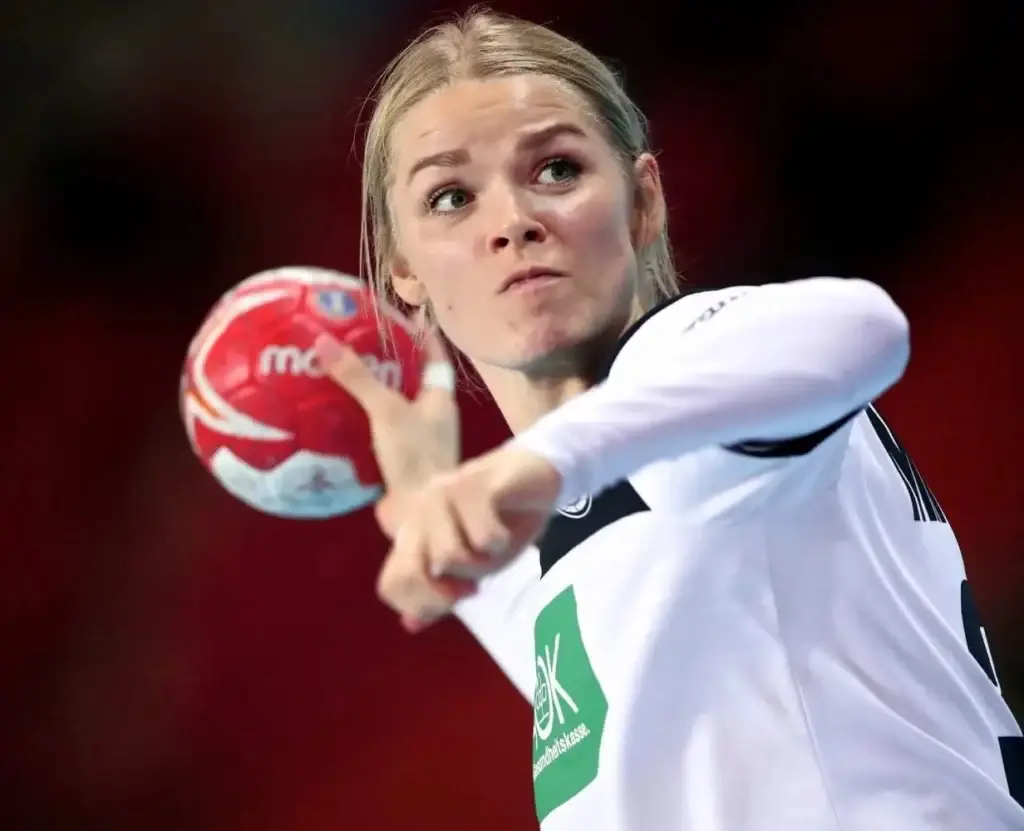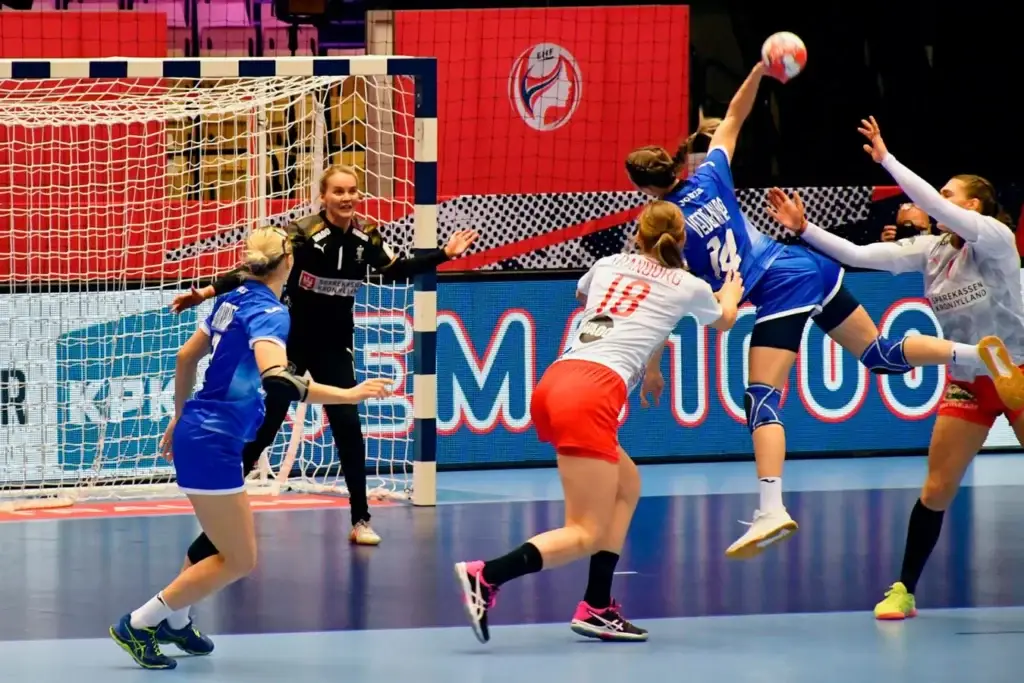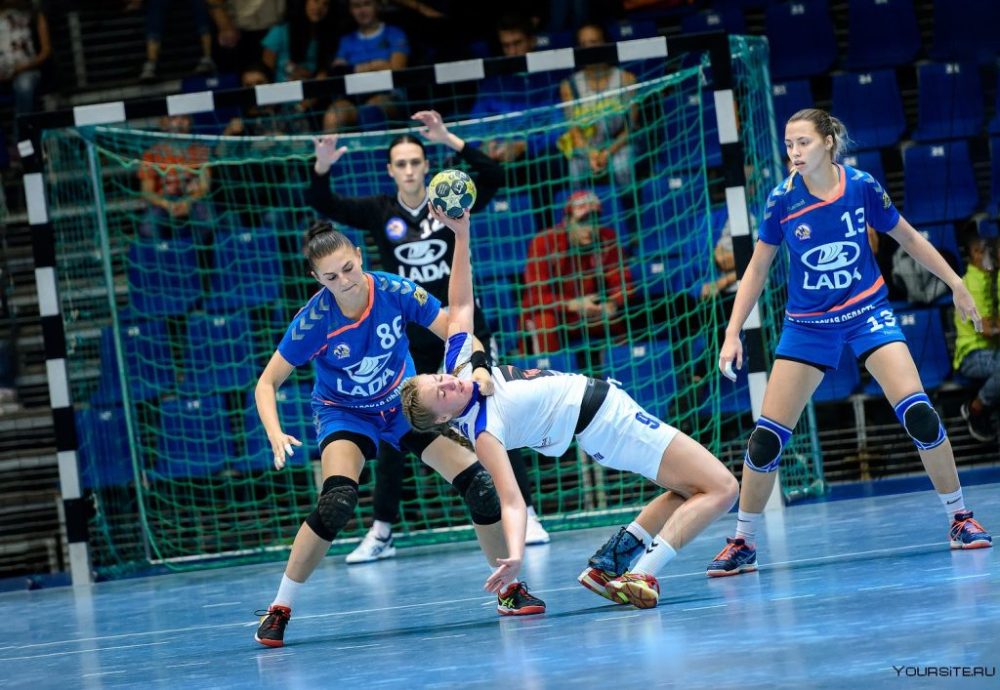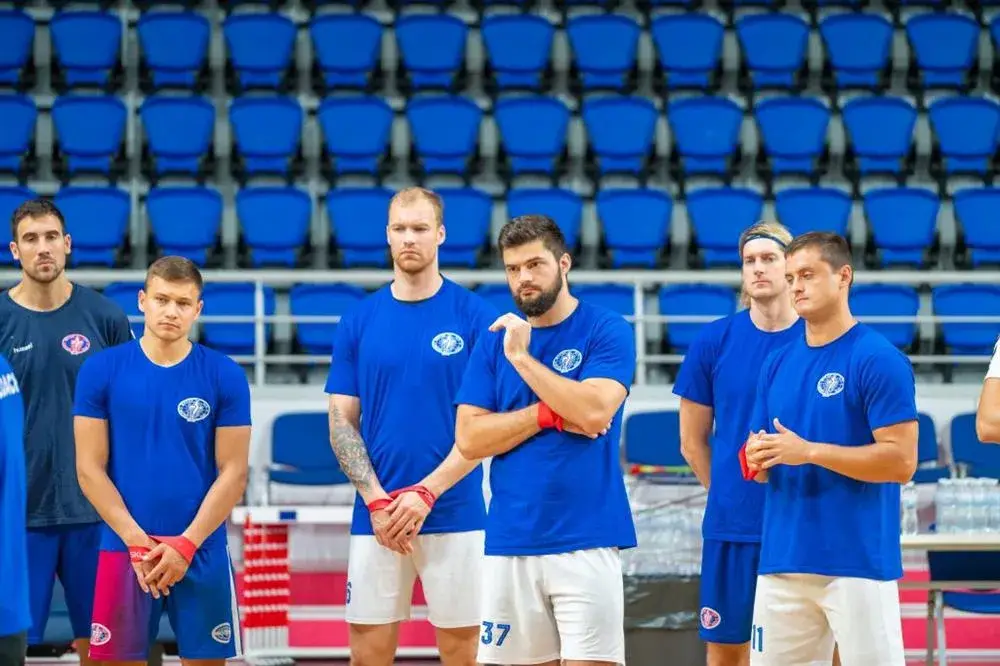From a humble pastime to an Olympic sport, the journey of women’s handball has been full of triumphs and triumphs. Athletes who have defied social conventions have transformed sports grounds into arenas where strength, agility and strategy come together. Their story is a hymn to the human spirit and unlimited possibilities.
The first women’s handball matches: how it all began
The year 1917 can be considered the starting point: it was then that the first official matches took place in Germany. Women who ventured onto the pitch did so at their own risk. Moral norms of the time assumed that sport was the domain of men and that women should confine themselves to domestic duties and social entertainment.
Enthusiasts like Clara Zetkin believed in the importance of women’s participation in sport and popularised the games among the weaker sex. Matches were played in open courts and attracted the attention not only of fans but also of the press, which often criticised handball players for their “unfeminine” activities.
At this time, the players’ uniforms were not comfortable, but this did not stop the pioneers. A few years later – in 1926 – regular tournaments appeared in Europe. Enthusiasm grew, and by the mid-1930s handball became really popular among women in Scandinavia, where the climate and sports infrastructure favoured its popularity.
Development of women’s handball in Russia
The beginning dates back to the 1950s, when the first clubs began to form in the major cities of Moscow and Leningrad. Soviet women, known for their resilience and hard work, quickly took the initiative to develop handball. As this was a period of active promotion of physical culture, many sports societies willingly accepted girls’ teams and supported their participation in competitions.
The first real success came in 1962, when the USSR national team won bronze at the World Championship. Since then, Russian handball players, including such legends as Lyudmila Postnova and Tatiana Kireeva, have constantly proved their skills, bringing medals both in European and world arenas. The discipline has become a symbol of resilience and sporting courage, and Russian handball players have become an example for thousands of young female athletes across the country.
Position on the world stage
 Women handball players demonstrated incredible strength of spirit and desire to win, so they reached the major competitions.
Women handball players demonstrated incredible strength of spirit and desire to win, so they reached the major competitions.
Olympic Games and women’s handball: the fight for gold
The discipline was first seen at the Olympics in 1976 in Montreal. Then it became part of the Olympic programme, and that moment was a real breakthrough. The first gold medal was taken by Soviet athletes in 1980 at the Moscow Games, where the USSR team, inspired by the support of the home stands, managed to beat all their rivals. This success cemented the importance of the sport at the world level.
Especially significant was the victory of the Russian national team in 2016 at the Olympics in Rio de Janeiro. Under the leadership of Evgeny Trefilov, the team beat France 22:19 and won gold medals, becoming heroes of their time. This moment will remain in history not only as the triumph of one national team, but also as proof that this sport can be exciting, intense and dramatic.
Women’s Handball World Championships: a story of great victories
The championship was first held in 1957, and since then it has become one of the most important events in the world of sport. There are many bright pages in the history of the world championships, one of which is the victory of the USSR national team in 1982, when our sportswomen beat the Yugoslavia team with a convincing score of 30:18. No less significant event was the victory of the Norwegian national team in 1999, when the team took gold, demonstrating skill and unique technique of the game.
Women’s handball stars: legends inspiring the new generation
There are names in history that inspire more than one generation of players. One such legend is Zinaida Turchina, who is one of the most decorated handball players in the world, twice Olympic champion and multiple world champion. Her unique style of play and leadership qualities have inspired many young girls around the world to take up handball.
Anna Vyakhireva is a star who shone at the 2019 World Championships, where she was recognised as the best player of the tournament. Vyakhireva is known for her lightning-fast reactions and outstanding technique, her performances on the field are always eye-catching, while her tenacity and hard work make her an example for all aspiring handball players.
Tatiana Petrenko – the leader of the national team in the 1990s, played a key role in the successful performances of the Russian team at the European and World Championships. She was characterised by her powerful shots and outstanding leadership qualities, which helped the team achieve high results and created a great atmosphere on the court.
Ekaterina Ilyina – a key figure at the 2016 Olympics, was one of the main contributors to the Russian team’s victory in Rio de Janeiro. Her ability to take the initiative in decisive moments, as well as her accuracy in throws from difficult situations, allowed the team to win gold and make history.
Rules of women’s handball and their evolution
The basic standards have remained largely unchanged since the discipline’s inception, but changes have been made over the years to improve the safety and spectacle of the game. Here are the basic rules of women’s handball:
- Each team consists of seven players: six field players and one goalkeeper.
- The match lasts two halves of 30 minutes with a 10 minute break.
- Players may take up to three steps without heading the ball, after which they must either pass or start heading.
- The goalkeeper is the only player allowed to touch the ball with his feet, but only within his own area.
- Penalty throws are awarded for serious offences such as pushing or hitting an opponent.
- Players are not allowed to be in the goalkeeper’s area except when jumping during an attack.
Unlike men’s handball, women’s matches are often accompanied by softer tactics and a greater emphasis on technique, making the game more elegant and dynamic.
In the early 1960s, a rule limiting the number of steps without driving the ball was introduced, which greatly increased the pace of play. In the 1980s, the process became faster with new shooting requirements and defensive tactics that made the match more entertaining. Each of these changes was designed to emphasise a player’s skill and speed.
Conclusion
 Women’s handball has come a long way – from small local matches to grandiose world tournaments. Today, the sport inspires millions of girls around the world to become stronger, to fight for their dreams and not to be afraid to be first. To try your hand at this dynamic and exciting sport is to join the great winning tradition and stand shoulder to shoulder with the best female athletes in the world.
Women’s handball has come a long way – from small local matches to grandiose world tournaments. Today, the sport inspires millions of girls around the world to become stronger, to fight for their dreams and not to be afraid to be first. To try your hand at this dynamic and exciting sport is to join the great winning tradition and stand shoulder to shoulder with the best female athletes in the world.
 en
en  ru
ru  de
de  ar
ar  es
es  nl
nl  hi
hi  fr
fr  it
it  pt
pt  el
el 










